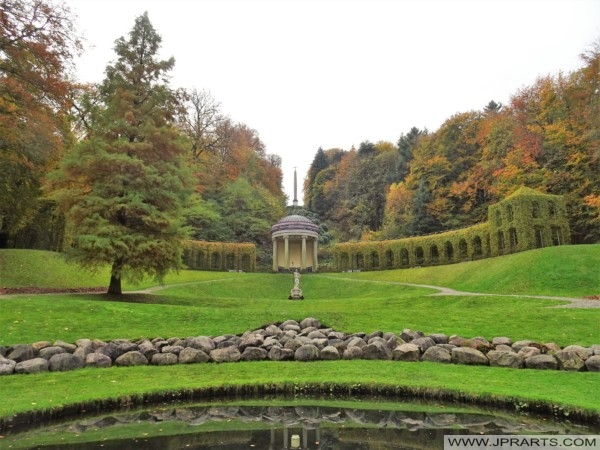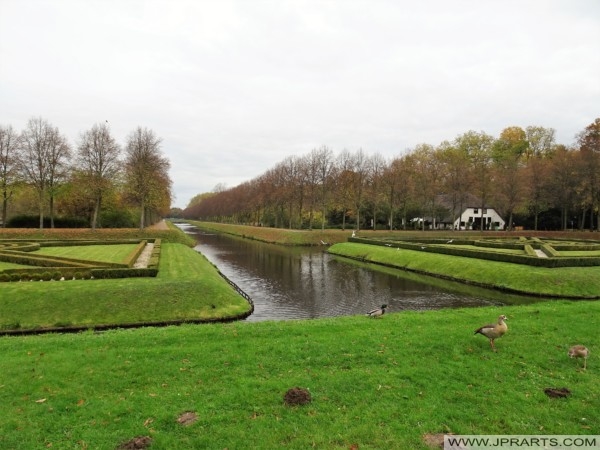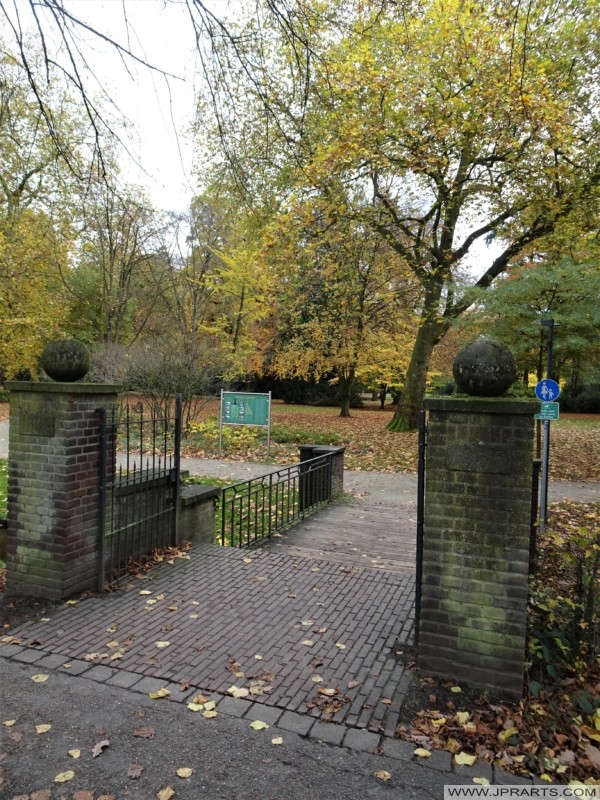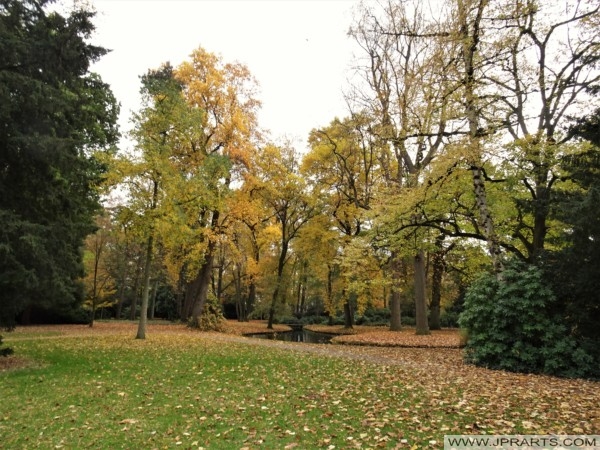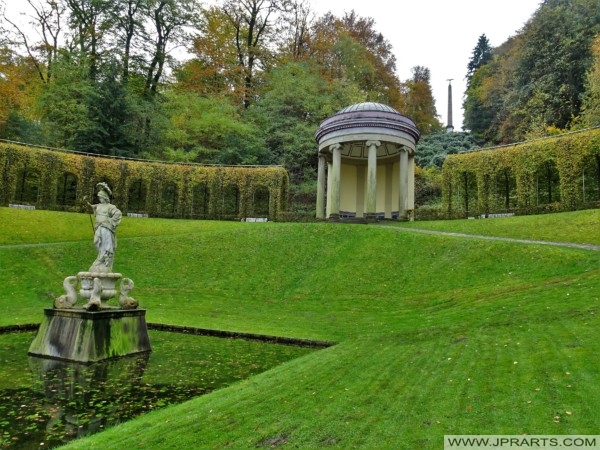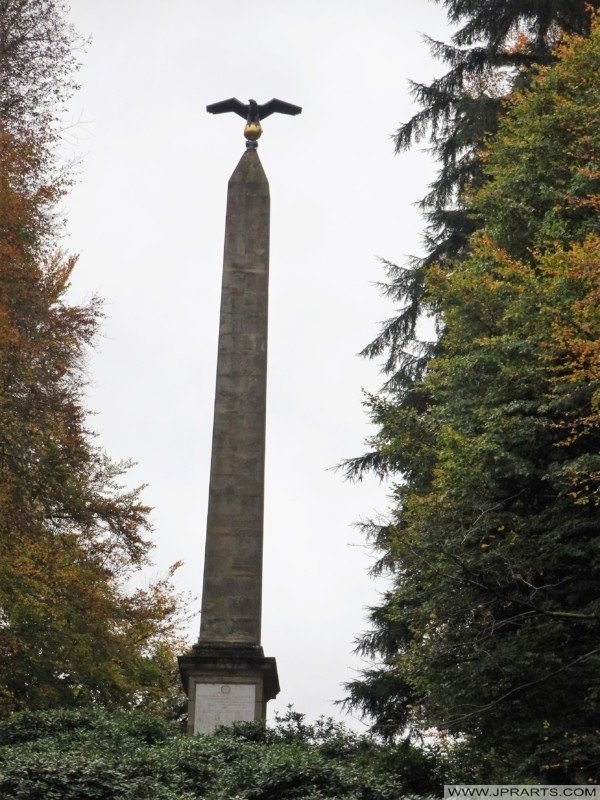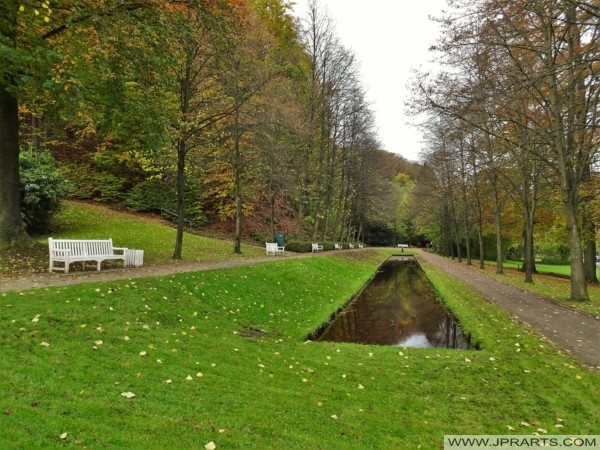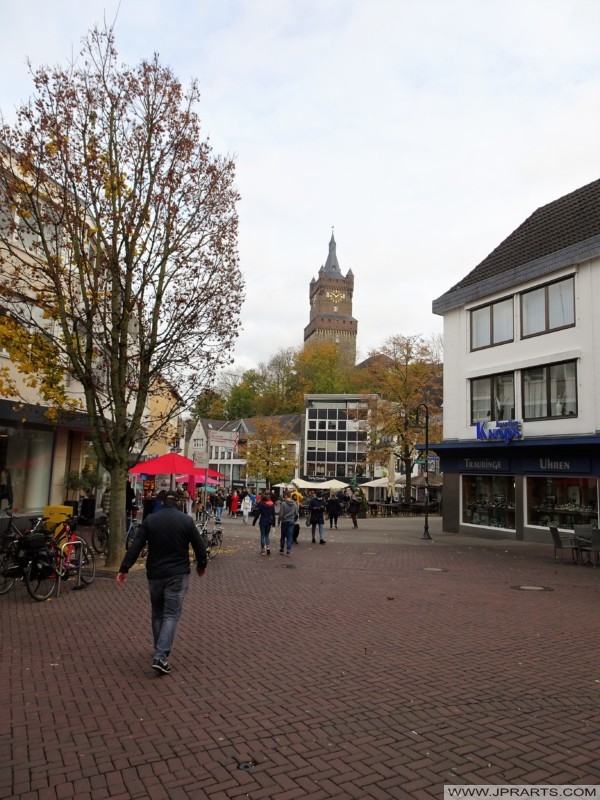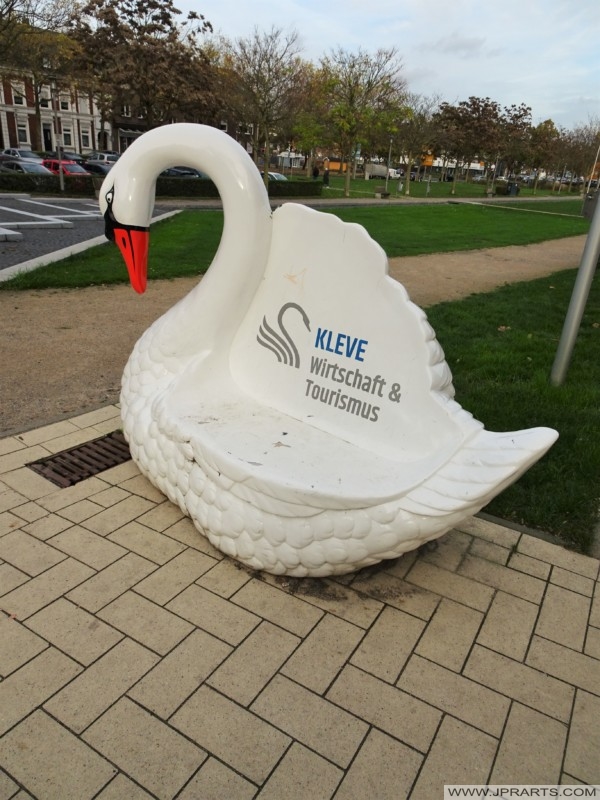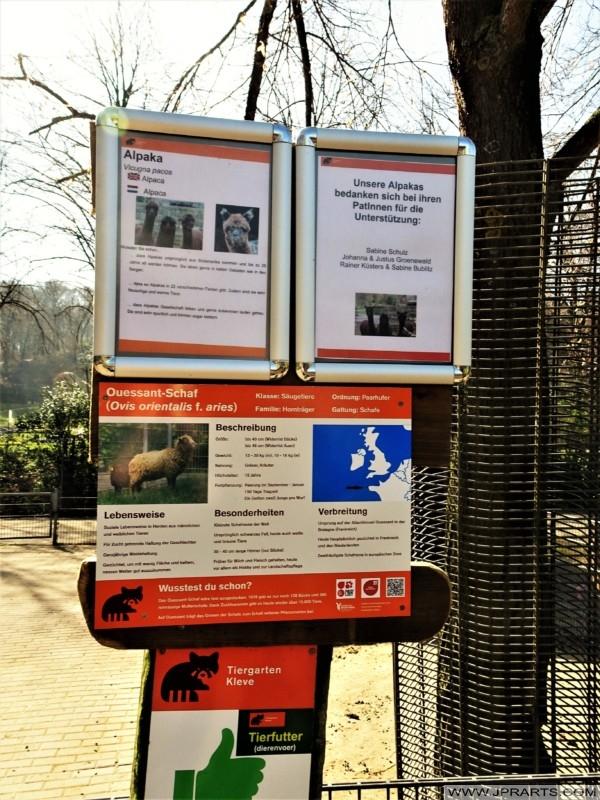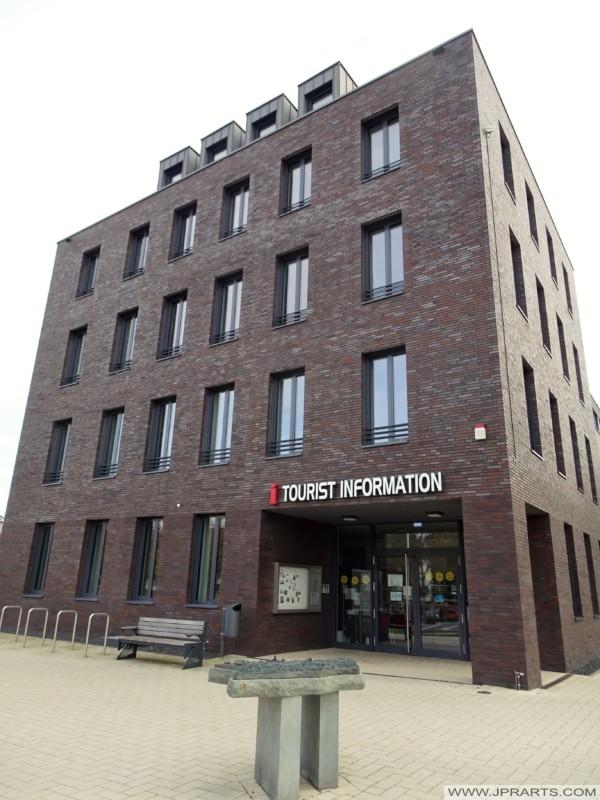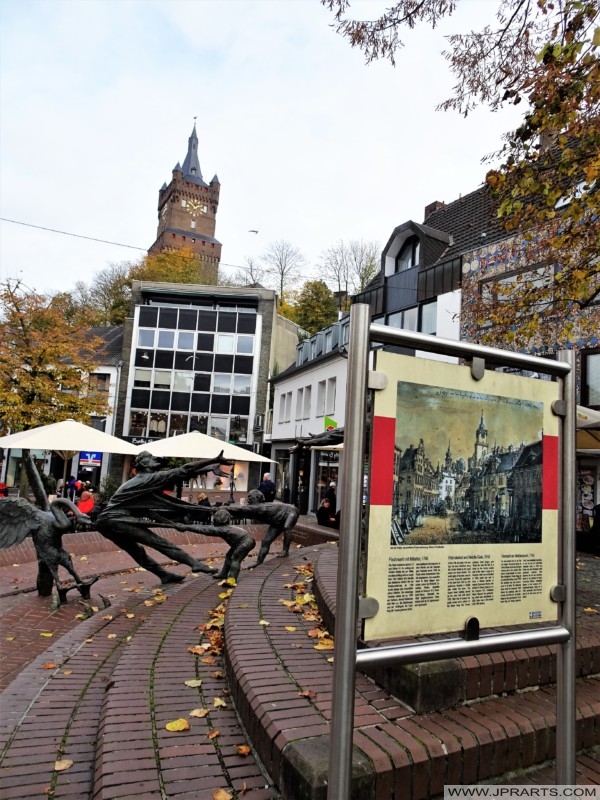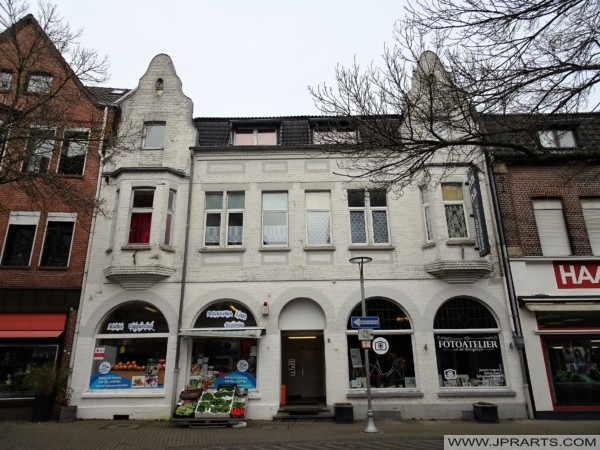The park landscape Kleve Historical Gardens in Germany was laid out around 1660 at the request of stadtholder Johan Maurits van Nassau-Siegen. After a period of decline, the landscape park was restored to its former glory at the end of the twentieth century. The current Museum Kurhaus Kleve is located in the middle of a historic park landscape. Art and nature, inside and outside, enter into a variety of relationships in this place. The natural landscape situation with the Springenberg and the Tiergartenwald inspired the Kleve stadtholder Johan Maurits van Nassau-Siegen (1604-1679) to create a garden of the arts, with the so-called Amphitheater as the center.
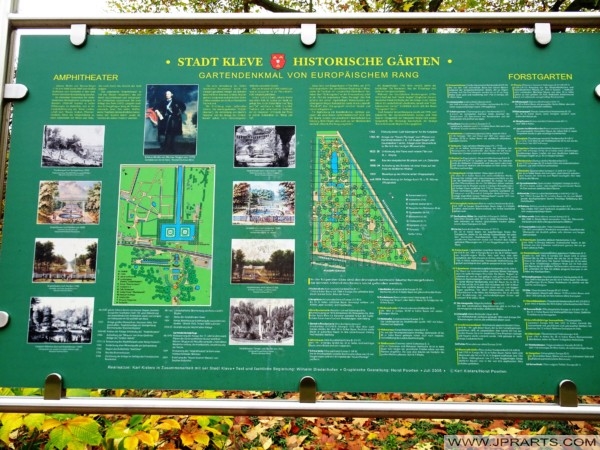
Historic Gardens in Kleve, Germany

Jardines Históricos en Cléveris, Alemania
Historische Gärten in Kleve, Deutschland
德国克莱沃的历史花园
Исторические сады в Клеве, Германия
Jardins Historiques à Clèves, Allemagne
The gardens of Johan Maurits have undergone substantial changes due to destruction and renovation. In the 18th and 19th centuries, the Prussian kings were the main maecenas of the Kleve Gardens, from King Frederick I to Frederick William IV, who interfered with the designs for the cylindrical cupola (tempietto) (1858) and the obelisk (1853-1856).
The ‘Royal Zoo’, which served as a spa park after 1742, was enlarged in 1782 by the president of the Prussian-Cleves government, Julius Ernst von Buggenhagen, with the construction of the Forstgarten. In this park, opposite the current Museum Kurhaus, he created a botanical garden with 150 different tree and plant species. After the destruction in the French Period, on the advice of the Prussian King Frederick William III, the famous Düsseldorf garden architect Maximilian Friedrich Weyhe was hired for the Kleefse gardens in 1821. This gave the gardens, still characterized by strict Baroque symmetry, the character of a romantic English garden, with winding roads, picturesque tree-lined ponds, lawns and fountains soaring. The park ‘Elzenbosje’, west of the ‘Grand Canal’, was also connected to the ensemble in the form of a newly laid out landscape park.
Historische Tuinen in Kleef, Duitsland
حدائق تاريخية في كليف ، ألمانيا
Kleve’deki Tarihi Bahçeler, Almanya
In 1741, the Kleve spa doctor Johannes Blanckenhorn discovered a healing spring in the amphitheater. The spa guests who visited Cleves mainly belonged to the better circles of Holland and Prussia. Kings and philosophers drank the ‘eau de Clèves’ here: Frederick the Great, Voltaire, and Jean le Rond d’Alembert, Louise of Mecklenburg-Strelitz and Princess Wilhelmina of Prussia, wife of Stadtholder William V. The spa guests stayed in elegant hotels , which were founded in this park oasis shortly after the discovery of the source. Around the middle of the 19th century, the center of spa life became the Friedrich-Wilhelms-Bad, built by the Kleef architect Anton Weinhagen, next to the amphitheater. During Bad Kleve’s heyday, the Kurhaus, consisting of a bath hotel and a pedestrian hall, was also built.
The end of spa life after the First World War meant that the park landscape was surrendered to wildly rampant nature. The restoration started in 1975 by the landscape architects Gustav Wörner (1933-1997) and Rose Wörner Metze (1927-2015) has given the heavily overgrown ensemble a face that takes account of the different periods: from Baroque ‘wunderkammer’ to romantic landscape park.
Historyczne Ogrody w Kleve, Niemcy
Visit Germany Travel to Book Flights and Hotels Cheap Online
Visit the Cheap Webshop to Read and See more about this Topic


